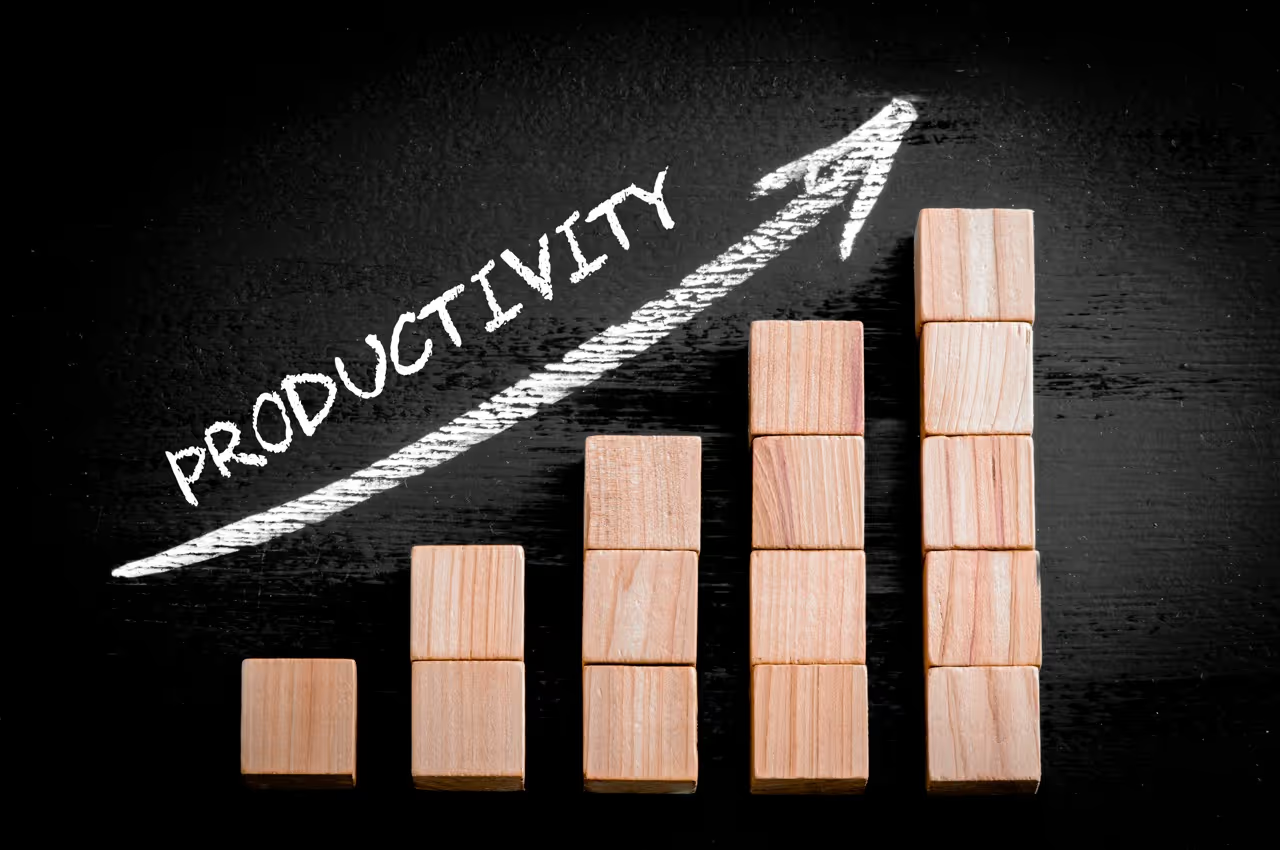Hyperautomation Trends 2025: Malaysian SMEs Leading the Digital Revolution
Hyperautomation combines AI, RPA, and low-code platforms to streamline entire business operations. Malaysian SMEs adopting this approach report significant productivity gains and competitive advantages in 2025.
Get Started
Executive summary
Hyperautomation represents the next evolution in business process optimization, combining artificial intelligence, robotic process automation, and low-code platforms to automate entire business ecosystems. Malaysian SMEs embracing hyperautomation strategies are achieving transformational productivity gains while positioning themselves as digital leaders in Southeast Asia's rapidly evolving business landscape.
Key takeaways
Hyperautomation Impact for Malaysian SMEs
- Comprehensive Automation: Beyond individual processes to complete workflow ecosystems requiring minimal human intervention
- AI-RPA Integration: Combining intelligent decision-making with robotic execution for complex business scenarios
- Low-Code Acceleration: Citizen developers creating automation solutions without extensive technical expertise
- Scalable Implementation: Incremental deployment approach allowing SMEs to expand automation gradually
- Competitive Positioning: Early adopters gaining significant market advantages through operational efficiency
Insights
Understanding Hyperautomation
Hyperautomation extends beyond traditional automation by creating intelligent, interconnected systems that can analyze, decide, and execute across entire business processes. This approach combines artificial intelligence for decision-making, robotic process automation for execution, and low-code platforms for rapid development.
Malaysian Market Context
Malaysian businesses face unique challenges including labor costs, regulatory complexity, and competitive pressure from digitally-advanced regional competitors. Hyperautomation addresses these challenges by creating scalable, intelligent operations that maintain competitiveness while managing costs effectively.
Core Hyperautomation Technologies
Successful hyperautomation implementations integrate multiple technologies into cohesive automation ecosystems. AI provides intelligent decision-making and pattern recognition, RPA handles repetitive task execution, machine learning enables continuous improvement, low-code platforms accelerate development, and API integration connects disparate systems.
Microsoft Power Platform Integration
Microsoft's Power Platform provides comprehensive hyperautomation capabilities for Malaysian SMEs. Power Automate delivers workflow automation, Power Apps enables custom application development, AI Builder adds intelligence to processes, and Power BI provides analytics and monitoring.
Implementation Strategies for Malaysian SMEs
Successful hyperautomation requires strategic planning and phased implementation. Begin with process discovery to identify automation opportunities, prioritize high-impact, low-complexity workflows, implement pilot projects to demonstrate value, and scale gradually across the organization.
Change Management Approach
Malaysian workplace culture emphasizes relationships and hierarchy, requiring careful change management for hyperautomation adoption. Engage leadership early, communicate benefits clearly, provide comprehensive training, and celebrate early wins to build momentum.
Industry Applications and Success Stories
Manufacturing SMEs use hyperautomation for production scheduling, quality control, and supply chain optimization. Professional services firms automate client onboarding, document processing, and billing workflows. Retail businesses integrate inventory management, customer service, and financial reporting.
Real-World Impact Metrics
Early adopters report 40-60% reduction in manual processing time, 85-95% improvement in process accuracy, 30-50% faster response times to customer inquiries, and 25-40% reduction in operational costs within 12 months of implementation.
Low-Code Citizen Development
Hyperautomation democratizes automation through low-code platforms that enable business users to create solutions without extensive programming knowledge. This approach accelerates development while reducing dependence on scarce technical resources.
Skill Development Framework
Malaysian SMEs should invest in citizen developer training programs that combine technical skills with business process understanding. This approach creates internal automation capabilities while maintaining business relevance and context.
Regulatory and Compliance Considerations
Hyperautomation systems must comply with Malaysian regulatory requirements including PDPA data protection, financial reporting standards, and industry-specific regulations. Automated systems should include compliance monitoring and audit trail capabilities.
Risk Management
Implement governance frameworks that balance automation benefits with appropriate controls. Include human oversight for critical decisions, regular audit procedures, data security measures, and business continuity planning.
ROI and Performance Measurement
Establish clear metrics for hyperautomation success including process efficiency improvements, cost reduction achievements, quality enhancement measures, and customer satisfaction impacts. Regular measurement ensures continued value realization and identifies optimization opportunities.
Long-Term Value Creation
Hyperautomation creates compounding benefits as systems learn and improve over time. Initial productivity gains expand through continuous optimization, creating sustainable competitive advantages for forward-thinking Malaysian SMEs.
Future Outlook and Recommendations
Hyperautomation will become essential for SME competitiveness as market dynamics continue evolving. Organizations should begin planning and implementation now to establish automation capabilities before competitive pressure intensifies.
Success requires viewing hyperautomation as strategic transformation rather than technical project, ensuring alignment with business objectives and sustainable competitive positioning in Malaysia's digital economy.